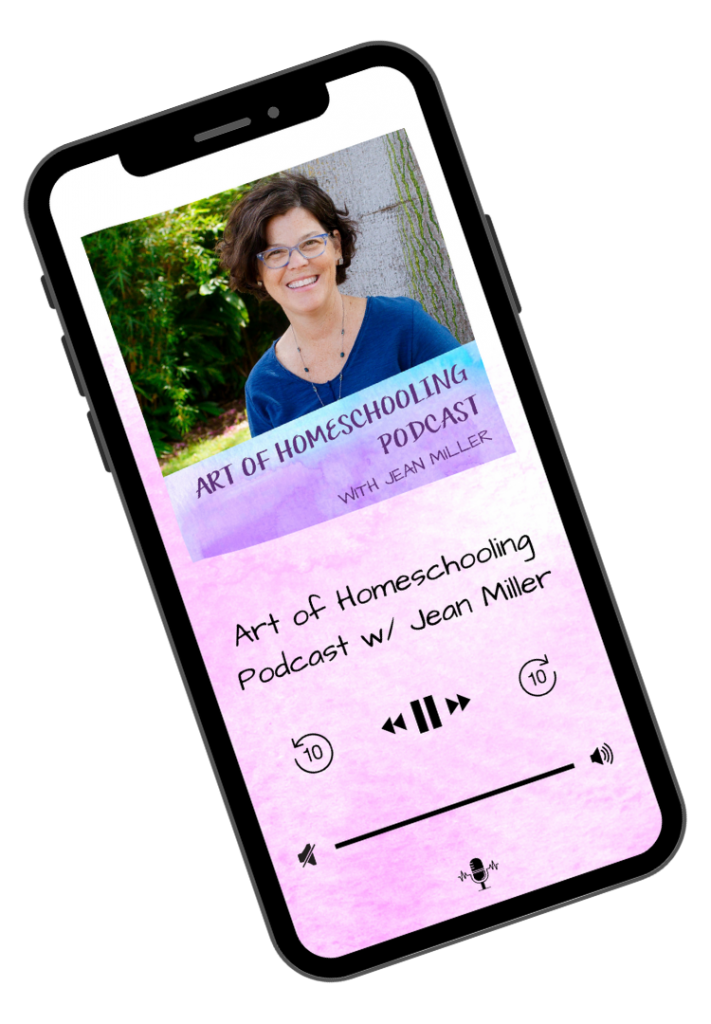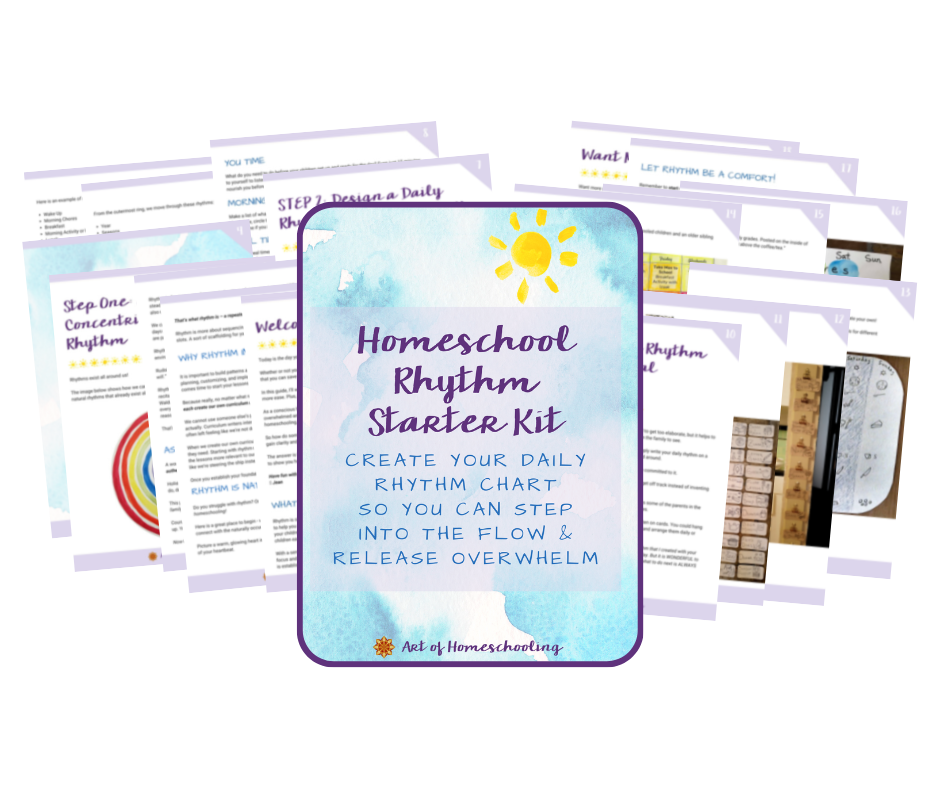Episode 151
Today on the podcast, we’re talking about anger. I know this isn’t always an easy topic. But it’s a super important one. Because as parents, we get angry sometimes. Let’s talk about how to deal with your own anger.
In this episode, we’re exploring how to deal with your own anger in a healthy way, in the moment. And how to reflect on it by looking back to recognize how you got to anger. And finally, ways to take care of your own wants and needs to minimize the angry moments.
But before we get there, let’s talk first about what anger is.
What is Anger?
The actual definition of anger is “a strong feeling of annoyance, displeasure, or hostility.”
Now, here’s what I want you to know about how to deal with your own anger:
- Anger is a natural human emotion.
- There are things you can do to calm yourself down when you get angry.
- Learning to manage your anger in healthy ways sets a good example for your children because they experience anger too.
Knowing that anger is a natural emotion is an important starting point. And it’s also important to know that there are things we can do to keep from yelling or saying hurtful things to those we love.
This is what this episode is all about.
Anger is a Secondary Emotion
Here’s a bit more about anger to think about.
Anger and anxiety are known as “secondary emotions” along with fear.
A secondary emotion is a reaction we have to other emotions. And usually that just means that there’s another emotion underneath our anger. When we can identify that primary emotion, we can begin to sort things out.
At times, we’re unaware of our feelings, especially our deeper, more vulnerable emotions. And these secondary feelings are what can come to the surface without our realization.
Secondary emotions often push people away and at the same time are covering an emotion that we may find too difficult to express.
Here’s a funny little example.
As I was writing notes for this episode, I was working hard to get it done on a deadline. I’d been waiting on my husband Brian so we could take our dog Gus for a walk. But his phone conversation was going on and on.
I was tired of waiting, so I went back to writing. And of course, just as I shifted my energy and regained my focus, he was ready to go!
And I snapped at him, “I was ready but you weren’t, and now you want me to stop what I’m in the middle of to go walk!?”
It took me a split second, but I burst out laughing and said, “Guess what I was working on? My latest podcast episode, called “How to Deal with Your Own Anger”!
And we both had a really good laugh.
Underneath my anger? I was feeling overwhelmed and pressured to finish in the window of time I had.
And after recognizing that, and laughing at myself (which by the way is a great way to release emotion from the body), I was able to really feel that overwhelm and let it dissipate while we were out on our walk.
Oh my! That’s so often how it goes, right?!!
When & Why Anger Arises
Anger comes when there’s an injustice done to us. When someone speaks rudely to us. Or when we feel undermined or unsupported.
Our bodies give us physical signs of anger. We often feel hot or flushed, our heart rate goes up, we tense up our jaw or shoulders, and we may even feel a tightness in our chest or stomach.
We also feel a sense of righteousness, like we want to right a wrong.
The emotion of anger comes from thoughts like “No one ever helps me.” OR “You kids are always whining or fighting.” We get agitated and might snap or yell.
So if anger is a natural emotion, how can we express it in a healthy way?
We want to express anger cleanly and clearly while respecting others. We want to be specific about how we feel and what we want.
It can help to say to our children “This is making me angry” or “I can feel myself getting angry.” And then tell your children what you plan to do about it. Decide if you want to take a break, or if it seems best for everyone to separate and take a little break. Decide what it is you want or need right then.
Dealing with Anger in the Moment
Let’s talk about how to deal with your own anger in the moment.
The first step is recognizing and naming it. Own your feeling of anger. You may not know at first what the emotion behind it is, but that’s ok.
Next is tuning in to where you feel the anger in your body. All emotions are simply chemicals being released in our body because of thoughts we’re having. And as soon as we can drop into our bodies, we can let the anger move through.
And step three is choosing a way to cool down. There are so many options here. But choosing one or two techniques as your go-tos can help you make use of them in the moment the next time you feel a rush of anger rising in you.
Here are some techniques to try:
- Breathe. Take deep breaths. I have a beautiful little bracelet with blue stones called the 5 Breaths Bracelet. It’s great to remind me to take 5 deep breaths when I’m feeling a strong emotion.
- Move your body. Shake your arms and legs, shake out your hands, go for a brisk walk.
- Get the anger out of your body. Remember, safety first. Hit a pillow, go sit in your car and yell. Remember, safe healthy rage is ok. We just need to keep those in our care safe while learning how to express our feelings in a healthy way.
- Notice your surroundings. Look around and name the things you see until the emotion starts to fade.
There’s a more detailed version of this called the 5-4-3-2-1 Technique. This one’s great for both anger or anxiety.
The basic idea is to use your five senses to bring you out of your spinning thoughts and into the present moment, the actual space where you are.
- Here’s a brief outline of the 5-4-3-2-1 Technique:
- 5: Name FIVE things you see around you. It could be a book or cup of tea, your cat or a chair, anything in your surroundings.
- 4: Name FOUR things you can touch around you. It could be your sweater, a pillow, or the ground under your feet.
- 3: Name THREE things you hear. The wind, your dishwasher running, kids playing.
- 2: Name TWO things you can smell.
- 1: Name ONE thing you can taste. What do you taste right now—gum, mint tea, or the soup you just ate?
- Create a mantra. A super simple one you might want to adopt is to “Keep your head where your feet are.” So that you can stop spinning in thoughts and move into your body.
- Listen to a calming meditation. Pop in some earbuds and tune in to a guided meditation on Insight Timer, my favorite free meditation app. Developing mindfulness can really help us to calm down our stress responses that often crop up in the heat of the moment.
- Try taking a break. When my kids were little, I had a Mommy’s Time Out Chair in the corner of my bedroom. So instead of sending my children to time-out ~ which often led to a struggle ~ I would give myself a time-out. My children knew to give me space when I went to sit in my time-out chair. This allowed me to leave the room to go calm down. You might also go for a walk if that’s possible, take a warm shower, or listen to calming music.
All of these techniques are ways to release intense emotion. And they can all help you stay more present when strong emotions arise, giving you space to problem-solve, communicate more clearly, and resolve conflict more effectively, whether it’s with your children or your partner.
What can you do when you don’t handle your anger well? The best is to apologize as soon as you’ve calmed down. You could say something like:
- “I’m sorry I yelled. Can I have a do-over?”
- Or “I’m sorry. I shouldn’t have said that, even though I was angry. Can we talk about what happened?”
I struggled with yelling when my kids were young. One time after yelling and slamming my door, I went to apologize to my kiddos. And my middle son, Ben, looked up at me with these loving big brown puppy eyes and said, “It’s ok Mommy. We’re used to it.” That’s when I knew I wanted to develop some techniques to help myself stay present in the heat of the moment and recognize anger before I said something hurtful.
If you find yourself yelling a lot, you might want to seek out someone to talk things through with like a friend or a therapist or counselor. They could help you develop calming techniques that work for you. Because we all want our children to feel safe and loved, and offer ourselves the same.
Here are some resources to explore for learning to deal with your anger:
- Hand in Hand Parenting for listening to our kids’ anger. Because sometimes our kids’ anger triggers our own.
- Kim John Payne’s book Being at Your Best When Your Kids Are at Their Worst can help you find more compassion for yourself and your kiddos. In fact, I have an entire masterclass based on this book inside the Inspired at Home community.
- Jody’s Moore’s podcast called Better Than Happy
Reflecting Back
After finding ways to deal with your anger in the moment, we’re ready to look back to see how we got there.
Anger is usually a result of us ignoring or suppressing a want or need of ours. And when we do this, anger can burst forth.
Usually, what this looks like is we think we’re doing fine even though there’s some stress in the background of our day. And suddenly, we’re yelling at our kids.
What led up to that? After you’ve calmed down, it can really help to identify how you got to that point.
Here are a few of the most likely scenarios:
- “Going passive” led to the outburst because of suppressing a truth you ignored or avoided
- Ignoring or avoiding a need or a want, something we need to face
- Suppressing a deeper truth
The more we suppress or ignore our truth, and our own wants and needs, the more likely we are to have outbursts.
So once again, staying calm and present as a parent and as a partner starts with our values and getting to know ourselves. And being really honest with ourselves, too. So often our emotions are clouded by judging ourselves, thinking we’re doing something wrong. Or that we should be able to respond differently. But when we get honest with ourselves, we can begin to let go of all those shoulds and start being kinder to ourselves.
Then we can identify our anger triggers.
These will be different for each of us. But here are some of my biggest triggers: not being heard, experiencing pressure to finish something, and feeling ignored or not appreciated.
So let me ask you, what are your triggers?
Meeting Your Own Needs and Desires
Finally, I want you to ask yourself what are you going to do to take care of yourself, and your wants and needs? Here are three tips:
- Create a self-care checklist. This might mean literally making yourself a list. You could include some of the calming techniques I shared before. And also easy go-tos like making a cup of your favorite tea or taking time to read a novel.
When we take care of ourselves and we’re well-nourished and well-supported, we are slower to anger. We are able to stay more present and connected to those around us.
Check out Episode #148: What’s Your Self-Care Plan? for more discussion of self-care.💗
- Think through how to communicate your wants and needs in a calm and loving way. This might mean journaling your thoughts and how you want to share them. Or rehearsing speaking clearly about what you want. But the most important thing is to learn how to ask for what you want and need before and resentment starts to build up.
- Accept all emotions.
Every morning, I say a prayer, “may I accept all emotions that come my way today.” Because in my family of origin, I was taught to hide difficult emotions, to never get angry, or too emotional.
The truth is, there was this angry tension in my household growing up because there was always some underlying, unexpressed anger. And my parents never talked about it. Because anger was somehow bad. I’ve had to do a lot of work to undo this belief. But I will tell you, its worth it!
The best resource I know for this is the Better Than Happy podcast with Jody Moore. She’s a life coach who talks all the time about how emotions are just chemicals released in our body. And if we can tap into our body and recognize how the emotion feels, then we can take some deep breaths until it fades away. This is how we can deal with intense emotions of any kind.
How to Deal with Your Own Anger
Returning to the example I shared at the beginning of the episode about my husband, our dog, and the walk.
The ironic thing is if we push our emotions away, we only stay stuck. So when I don’t express my need for help or support, I end up getting the opposite of what I want because I didn’t share my feelings of overwhelm. And then anger can creep in, too.
But when I can identify how I’m feeling and what I need, and express that, plus when I let myself feel the emotion in my body, the intensity subsides rather quickly.
So often, our choice is to either be vulnerable and share how we’re really feeling, OR continue to be angry and push our partner or child away. The way I see it, being vulnerable is the clear win every time.
I offer you all these practical steps to help you break free from reactive parenting habits and learn healthy ways to deal with your own anger.
I hope you find this podcast episode helpful. And if you do, you could share it with a friend who you think might benefit.
Rate & Review the Podcast
If the Art of Homeschooling Podcast has inspired you, I’d LOVE it if you could rate and review the podcast on your favorite podcast player! Reviews can be left on Apple Podcasts (iTunes), Podcast Addict, or Stitcher.
Or simply pop on over to lovethepodcast.com/artofhomeschooling and choose where you want to leave your review.
And if you want to show your appreciation for the Art of Homeschooling Podcast, you can buy me a coffee!
Never Miss an Episode!

Check Out All the Episodes Here





